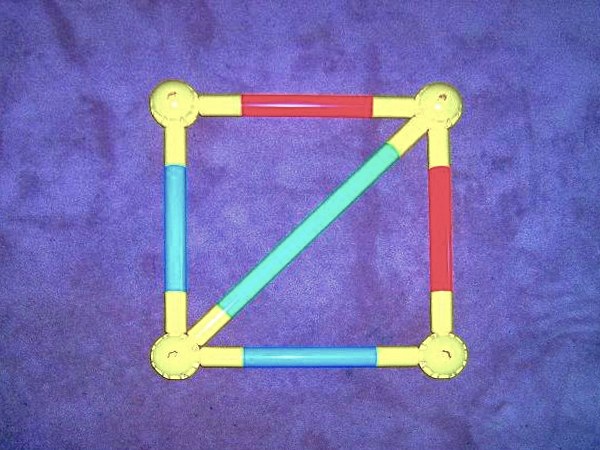You will need
- - Pythagorean theorem;
- the ratio of sides and angles of a right triangle;
- calculator.
Instruction
1
Because square diagonals are equal (the property that he inherited a "legacy" of the rectangle), in order to find side of a square is enough to know the length of one diagonal. Diagonal and two sides of the squareadjacent to it, imagine a rectangular (because all the angles of the square are straight) and isosceles (since all sides of this figure are equal) triangle. In this triangle the sides of the square are the legs, and diagonal is the hypotenuse. To find side of a square, use the Pythagorean theorem.
2
Since the sum of the squares of the other two sides that are equal to a, is equal to the square of the hypotenuse, which indicate c (c2=a2+a2), the leg will be equal to the hypotenuse divided by the square root of the number 2, and what comes of the preceding expression a=c/√2. For example, to find the side of a square with diagonal12 Yu cm, this number divide by the square root of 2. Get a=12/√2≈8.5 cm given the fact that the square root of 2 is not removed, all the answers will have to round to the required accuracy.
3
Side of the square find using the ratio of sides and angles in a right triangle that forms the diagonal ofu and the adjacent sides. It is known that one of the corners of the triangle a straight line (as the angle between the sides of the square) and the other two are equal and amount to 45°. This property stems from ravnoudalennostj of this triangle, since the sides of it are equal.
4
To find side of a square, multiply the diagonal by the sine or the cosine of the angle of 45 ° (they are equal to each other as the adjacent and opposite sides, sin(45º)=cos(45°)=√2/2) a=c∙√2/2. For example, given a diagonal of a squareis 20 cm, find the side. Make the calculation according to the above formula, the result will be a side of a square with the desired degree of accuracy a=20∙√2/2≈14,142 see


